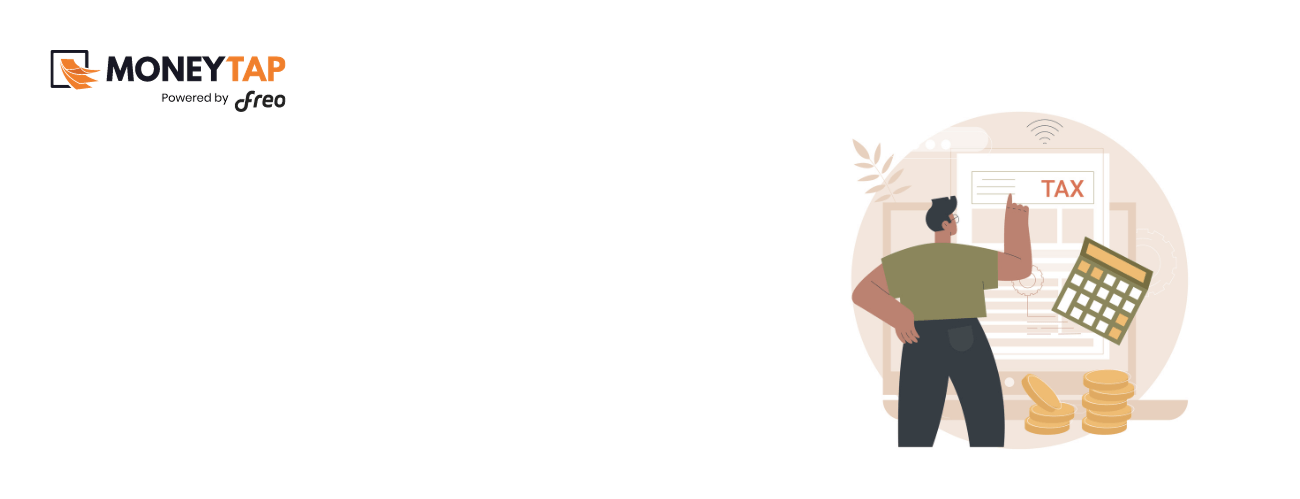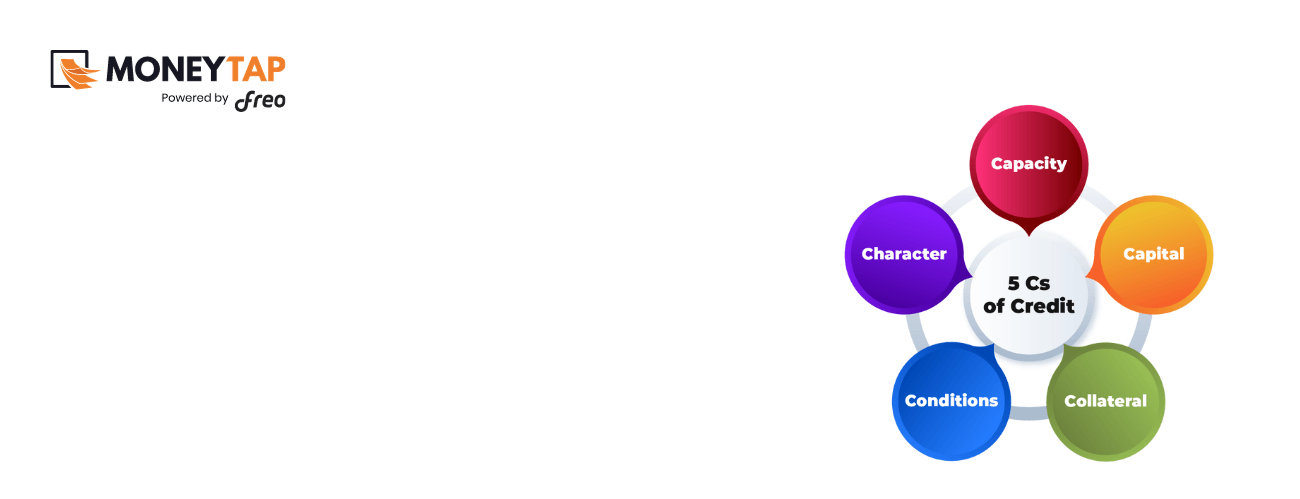Do Banks Create Money Out of Thin Air For Loans?
Topic
- Around India with MoneyTap 1
- Consumer Durable 1
- Credit Cards 32
- Credit Score 27
- Finance 33
- General 52
- Know MoneyTap Better 26
- MoneyTap 50
- MoneyTap in Daily Life 38
- Personal Loan 86
- Shopping on EMI 4
- Wedding Loan 1
Many famous economists such as Keynes and Schumpeter have claimed that banks create money out of thin air for lending. Some have marvelled at the thought. Others have criticised it as a glaring watch-out area for the global money and banking system. Most common people think that banks make money from their hard-earned money. This has resulted in significant public anger. It is therefore important to understand the mechanics of how banks make money.
The Basics of Banking
Banks create money on the basis of the promises of their borrowers to repay. Basically, banks carry out two types of functions.
- They act as depositories, and reallocate funds from savers to borrowers.
- They act as funds issuers or lenders and monetise the promises of their borrowers. These can be loans to consumers (through various types of loans), government (for example when banks by government bonds) etc.
In reality, banks do not “create” money, but merely act as intermediaries between buyers and sellers of assets. Banks do this by facilitating financial transactions of an asset through loans.
The Lending Process
Banks mostly issue loans against deposited assets. India and most other countries follow a fractional reserve banking system, wherein by monetary policy, banks must set aside a fraction of their customers’ deposits as required reserves. This is determined by the Cash Reserve Ratio or CRR. CRR is a specified minimum fraction of the total deposits of customers, which commercial banks have to hold as reserves either in cash or as deposits with the central bank. Any excess reserves beyond this are then lent out.
Multiple Deposit Creation Process: How Banks Create Money
Banks generate money i.e. earn revenue and profits by charging interest on loans. They follow a process called multiple deposit creation to create new chequebook money. Whenever a bank receives a new deposit, it sets aside the cash reserve amount (as per CRR). It then lends the remaining excess reserves as different types of loans. These loans constitute the new chequing accounts for the borrowers, increasing the chequebook portion of the money supply. When the borrower spends the loan, he or she writes a cheque on the new chequing account. The recipient bank deposits these funds into another bank. The process continues.
Now the second bank sets aside its required cash reserves against the new deposit, and lends out its remaining excess reserves. These loans take the form of fresh chequing accounts for the borrowers. The process works in iteration. Each successive cycle of lending generates new chequebook money leading to an increase in the money supply. Further, with each round of new deposit creation, there are fewer excess reserves. The deposit creation process is multiplied throughout the entire banking system until all excess reserves have been absorbed into the required reserves. Money is created through the interest on the balance sheet, but it is often not physical, real currency.
The Caveat
The financial meltdown of the 2000s, wherein taxpayer’s money was used indirectly to bail out a number of “failed” banks has created uproar against the system. A valid concern is that the cash reserve ratio is quite low (currently 4% in India), making it very difficult for private banks to cover the amount of deposits it has on its books with hard currency. In effect, banks end up loaning out much more money than they have in their reserves.
The Benefit
However, the role of a lending bank is not all negative. In the absence of a banking system, sellers had to bear the responsibility of giving a loan to the buyer. With the modern-day bank taking up this role, the threat of defaults has shifted from the common man (seller) to the bank. For example, in the case of a home sale, where the buyer avails a home loan. The bank will authorise a deposit of bank money to the account of the seller. The bank will issue an outstanding liability on the buyer’s account (a bank asset) and transfer the home ownership. The transaction thus helps the buyer avail his/her dream home. At the same time, the seller is saved from any payments-risk. This is just one example of numerous instances where loans have proven beneficial to both consumers and banks.
It is therefore true in a sense that banks can create money out of nothing. But we cannot subscribe to this statement 100%, because much of the money is on paper and not actual and it is generated from the starting point of consumer money.











 Get it on playstore
Get it on playstore Get it on appstore
Get it on appstore